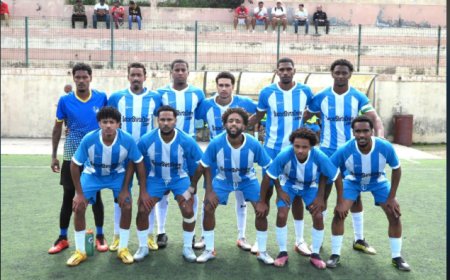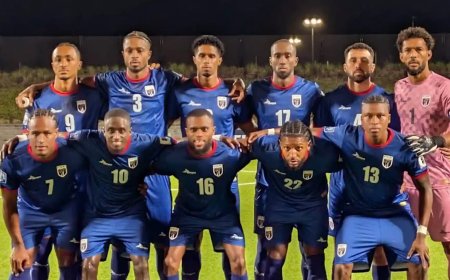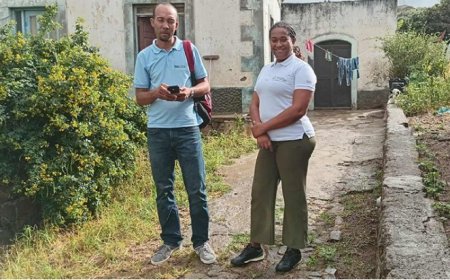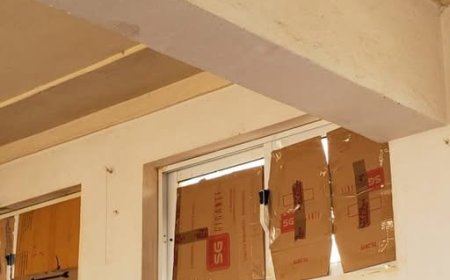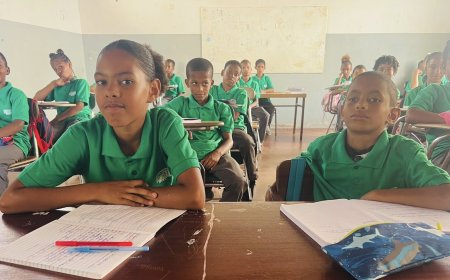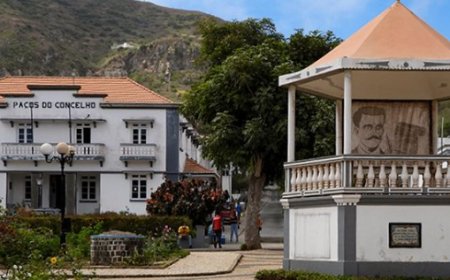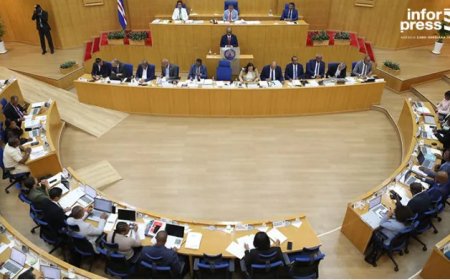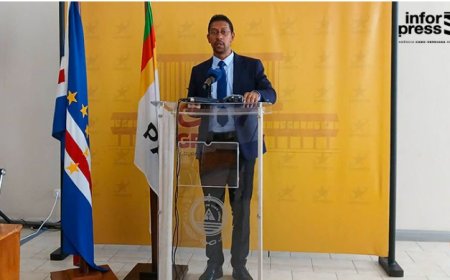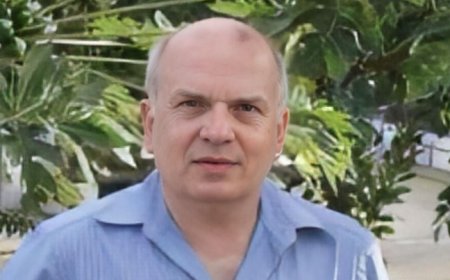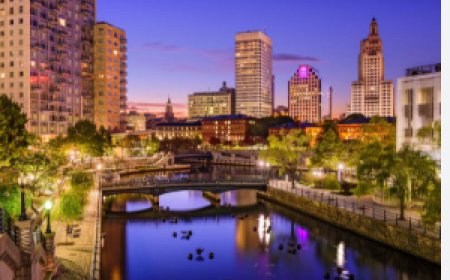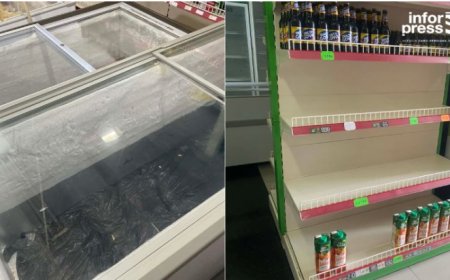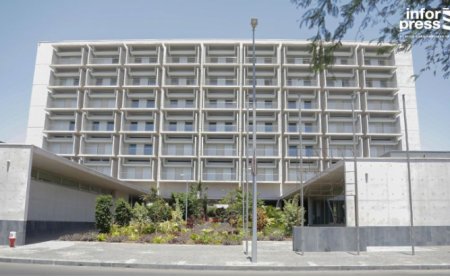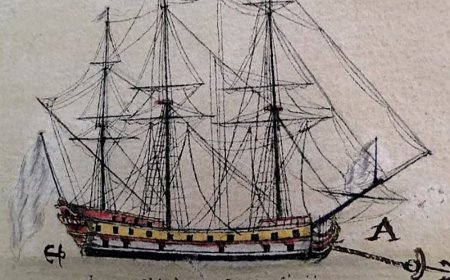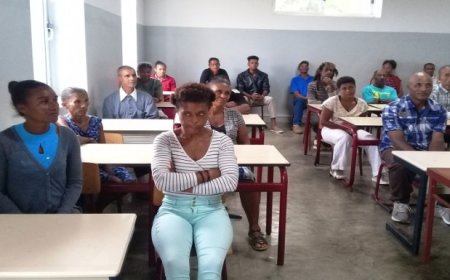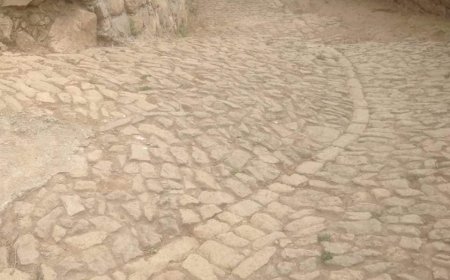Futuro de Turismo em Cabo Verde - Risa Ramos - Parte I
Bravanews, 17 de Junho, New Bedford – Apesar de longo, este trabalho sobre Futuro de Turismo em Cabo Verde, elaborado pela Risa Ramos, bravense, originaria da Furna, Brava, merece ser lida, pois suscita analises interessantes acerca do turismo em Cabo Verde.
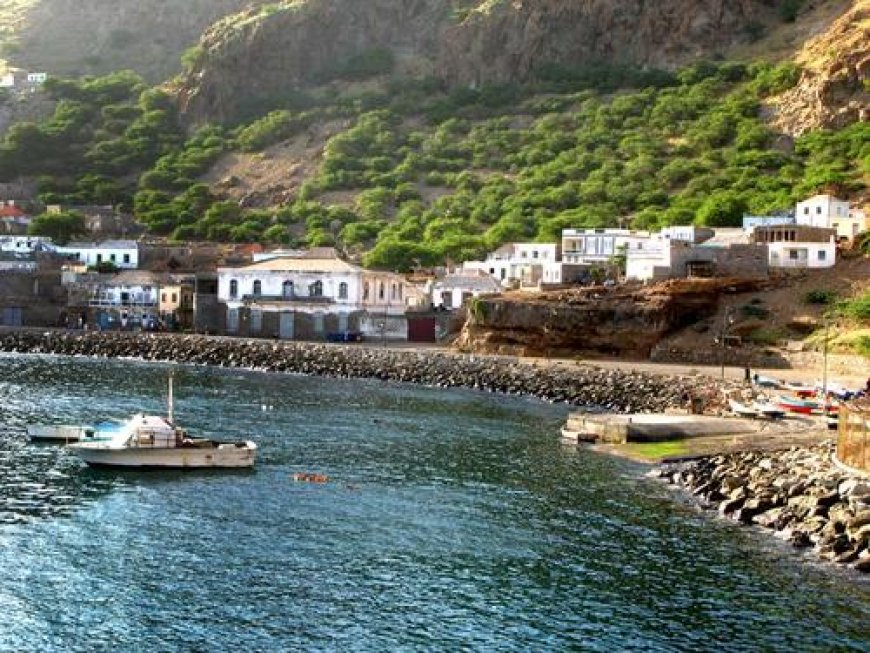
The Future of Tourism in Cape Verde
Risa Ramos
Commonwealth Honors Program
Environmental Science, ENV 118 - Honors
Cape Cod Community College
Abstract
This paper is about negative impact of traditional tourism in Cape Verde islands such as over population, pollution, and the construction of tourism infrastructure. And also suggest solution to mitigate those negative impact by generate sustainable economic growth without causing environmental problems. Ecotourism is defined as tourism directed toward exotic, often threatened, natural environments, especially to support conservation efforts and observe wildlife. Cape Verde is in dire need of ecotourism efforts. For example, Sal and Boavista face major soil degradation and pollution due to the increase of mass-tourism to the islands. All islands have potentiality for ecotourism. The environmental problem caused by tourism occurring in Cabo Verde could be linked to other developing countries such as the Caribbean Islands and Latin American countries specifically Costa Rica. Take only memories and leave only footprints.
Keywords: Biodiversity, Ecotourism, Cabo Verde Islands, Degradation, Pollution, Infrastructure, Tourist Products, Cultural, Traditional tourism, Environment
[Title Here, up to 12 Words, on One to Two Lines]
From the beginning of time, human activity has always provoked great changes in the environment; human beings change the environment and cause damage without thinking. Some studies suggest that tourism causes a series of negative impacts on the environment, such as inadequate disposal of solid waste left by tourists, pollution, consumption and depletion of resources, and environmental degradation, which affect both users and local flora (vegetation) and fauna (wildlife). Tourism in Cape Verde(Cabo Verde) can be a dangerous socioeconomic activity because it currently generates goods and services for the superficial satisfaction of visitors with disposable intentions and lack of concern about the local environmental impact. However, The United Nations created the World Tourism Organization (UNWTO) offers a better vision for sustainable tourism in Cape Verde. UNWTO defines tourism as an economic activity that must safeguard the environment and natural resources while guaranteeing the satisfaction of the needs of current and future generations. Traditional tourism in Cabo Verde negatively impacts the environment by over population, pollution, and the construction of tourism infrastructure. Negligent traditional tourism must evolve into responsible eco-tourism that can generate sustainable economic growth without causing environmental problems.
Cabo Verde Islands
The massive tourism in Cabo Verdecauses damage to the islands fragile environment. The government has started to take action that would prevent damage by creating a marketing plan to promote Cabo Verde as a brand, creating ten (10) different destinations: Santo Antão, São Vicente, Santa Luzia, São Nicolau, Sal, Boavista, Maio, Santiago, Fogo, Brava, and four Islets, each with its own theme.
Cabo Verde is an archipelago made up of ten islands. The temperature averages 80 degrees Fahrenheit all year round. The beaches are full of white sand, and the ocean water is warm and a deep teal. The sky is blue and clear, and the sun shines down on palm trees and sand dunes, which gives the islands a comparative advantage for tourists to compete with other famous destinations. Besides their climate and location, the islands’ volcanic origin gives them a rich, diverse geophysical identity marked by contrasts in landscape. In addition, Cabo Verde offers great biodiversity of exotic fauna and flora. Tourists will experience a varied landscape of rugged mountains contrasting with flat plains of lush forests and arid desert. Some islands have extensive steep slopes that sweep down to the sea. Within this lush natural environment, there are modern cities and beautiful rural areas. In addition, the diversified culture and rich history constitute Cabo Verde’s most important attractions, inviting visitors and increasing the country’s competitiveness as a tourist destination despite its fragility in terms of environmental balance.
Each of Cabo Verde’s islands hasits own distinctive characteristic that makes it a unique and special destination adapted to the aspirations of the tourist. For those who love adventure, there are have mountains; for those who love great food, the cuisine is famous and diverse. Cachupa, for example, is a popular traditional dish made of corn, vegetables and salt meats or seafood. Regardless of which island, thedishes are always made from exotic fresh local produce and seafood from Cabo Verde’s waters that will expose tourists to the unique flavors of Cabo Verde.
Negative Impact of Traditional Tourism on Cabo Verde
Tourism has negative implications worldwide, disproportionately affecting developing countries like Cabo Verde.Cooper (2007) states that "as soon as the tourism activity occurs, the environment is inevitably modified, either to facilitate tourism or through the process of producing tourism." A healthy ecosystem is essential for the development of tourist activity in Cabo Verde, and without a doubt arouses fascination in people who seek contact with it to recover their energy and relieve the tensions of everyday life. Cabo Verde receivesmillionsof tourists annually and its fragile ecosystem cannot sustainably support these numbers.
|
|
Traditional tourism on the islandsof Cabo Verde centers on each island’s natural and culturalresources. São Vicente is famous for its white sand beaches, Laginha, Baía das Gatas, Calhau and São Pedro, and is popular for its seasonal carnivals, similar to those of Rio in Brazil, the music festival of Baía das Gatas, Mindelact theater festivals, and a traditional New Year's Eve celebration. Sal, Boavista, and Maio are the flattest islands in the archipelago, also characterized by beautiful white sandy beaches and crystal clear waters, and offer excellent conditions for swimming and water sports, like surfing, windsurfing, diving, and deep-sea fishing, as well asseveral protected natural habitats. Boavista with its desert and extensive beaches with a diversified seabed, clear and transparent waters, coral reefs, and wrecks, is popular for swimming, and sport fishing. On Maio there are therapeutic salt mines which also can be explored.
|
|
However, all of these natural resources and cultural events that attract tourist attention also lead to misuse, compromising future tourism and local quality of life. The islands bring millions of tourists annually causing the overpopulation.During 2016, Cabo Verde received 644,000 tourists, more than its total population of 520,500 people ("Cape Verde Population 2017," 2017).This seasonal increase inpopulation hasdiverse implications forCabo Verde’s natural resourcesby increasing the use of drinking water;degrading the soil which impactsagriculture, and increasing in solid waste.
Strain on the supply of drinking water
|
|
Overpopulation increases the use and the needs of the supply of drinkingwater.With great demand from hotels and resorts, water consumption is increasing and Cabo Verde is approaching the limit of available underground drinking water. Groundwater potential is estimated at 60 million m3/ year("SIA-Sistema De Informação Ambiental (CV)," 2017).Current exploitation is around 40 million m3/
year("SIA-Sistema De Informação Ambiental (CV)," 2017).Current exploitation is around 40 million m3/ year. By 2020, because of the country's pace of development, needs will rise to 90 million m3/
year. By 2020, because of the country's pace of development, needs will rise to 90 million m3/ year(Cite). The government set the limit that "each person is entitled to 40 liters of water per day of which 5 liters must be drinking water” ("SIA-Sistema De Informação Ambiental (CV)," 2017).To meet current and future needs, seawater desalination technologies are being used, constituting 85% of the drinking water supply in the country consumed by Cape Verdeans ("SIA-Sistema De Informação Ambiental (CV)," 2017). However, seawater desalination also uses energy, causing pollution, and creates a loss of biodiversity. In addition, the increase in the number of tourists in Cabo Verde, affects the local population who face great periods of time witha lack of potable water since they do not have the financial resources to buy bottled water.
year(Cite). The government set the limit that "each person is entitled to 40 liters of water per day of which 5 liters must be drinking water” ("SIA-Sistema De Informação Ambiental (CV)," 2017).To meet current and future needs, seawater desalination technologies are being used, constituting 85% of the drinking water supply in the country consumed by Cape Verdeans ("SIA-Sistema De Informação Ambiental (CV)," 2017). However, seawater desalination also uses energy, causing pollution, and creates a loss of biodiversity. In addition, the increase in the number of tourists in Cabo Verde, affects the local population who face great periods of time witha lack of potable water since they do not have the financial resources to buy bottled water.
Soil Degradation and Agriculture
|
Figure 6: Boa Vista: Photo: Leia Nascimento |
All tourist activity depends on an environment to happen, whether this environment is natural or not. For instance, Baovista and Sal underwent a process of de-characterization (loss of the distinguishing qualities)of thenatural setting by human action, leading tosoil degradation and contamination. To enjoy the beautiful dunes, held in place by local plants, tourists use off-road vehicles to explore. Other tourist activities, like festival, impact agriculture and the ability to produce food for residents and visitors. The main impacts caused to the soil are compaction and reduction of soil water retention capacity, altering the ability to sustain plant and animal life in the environment, followed by erosion.Due to the contamination of soil and irresponsible dune exploration,local plants faceextinction by mechanical shock directly and indirectly caused by the soil compaction, and erosion leaves plant roots exposed, compromising their survival and making them vulnerable to contamination by pests. The result is also diminishing produce and foods, which increases prices for local residents(Gamblin, 2016).
